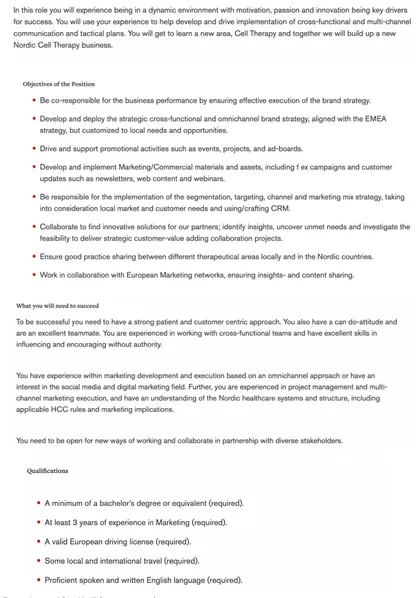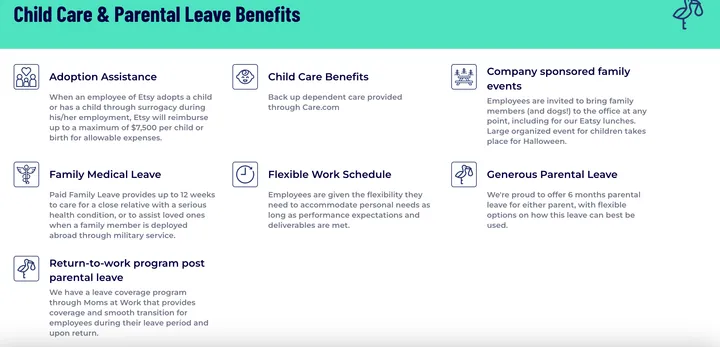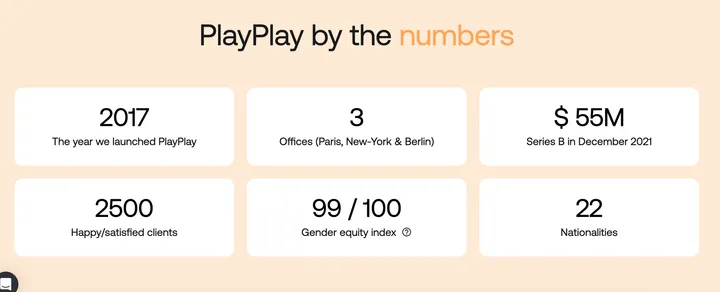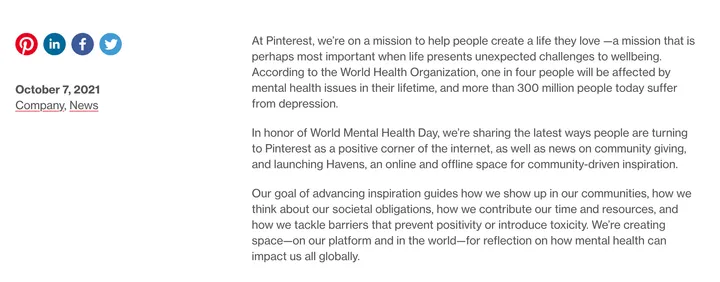Did you know that businesses that actively support gender equality make better decisions 87% of the time? Meaning, these businesses ultimately are more efficient.
Yet, despite this, women are still underrepresented in business. Women across the globe occupy less than 10% of senior positions and run only 7% of companies. Suggesting the gender gap is nowhere near closed, and businesses are losing out because of it.
"Women are just as good as men. Businesses should value gender diversity not only because it is the right thing to do, but also because gender diversity brings more abilities and experiences to the workplace.” - Louise Antonas, Head of Talent Acquisition at PlayPlay.
Read on to discover how businesses can better support gender equality, their female co-workers, and how non-gender-bias policies can benefit the growth of your company long-term.
Understanding gender equality and how it impacts business
Before businesses make impactful positive changes, we must have a clear understanding of what gender equality means.
In simple terms, gender equality is when people of all genders have equal rights. This means everyone can experience inequality - women, men, trans and gender diverse people, children and families.
This means that women-friendly policies can benefit men too. And will certainty impact your workplace culture.
So, why is it that despite the fact that 50% of the global university population is women, there’s so little female representation in senior positions?
Let’s take a look.
What happens to women between school and leadership positions?
1. Societal expectations impact skills and self-confidence
Early socialization experiences can shape the way children see themselves, which can impact their self-confidence and their willingness to take risks and pursue leadership positions.
This means that women who have internalized poor self-confidence may face difficulty in asking for promotions and raises compared to men. Showcasing a significant factor that could contribute to why in 2021, full-time, year-round working women earned 84% of what their male counterparts earned on average.
2. The still male-dominated work culture
Numerous studies have shown that men tend to excel in this dominant male culture due to their inherent comfort level, while women may struggle to thrive in this environment that in the end, may discourage them from pursuing leadership positions.
3. Persistent unconscious bias
Unconscious bias refers to implicit and internalized attitudes and stereotypes. These biases can affect decision-making and lead to the promotion of individuals who fit the traditional male leadership stereotypes, rather than those who are equally qualified but don't fit that stereotype. And therefore, negatively impacting your female colleagues' career progressions.
4. Family and caregiving responsibilities
On average women are providing between 6-41% more of their time to childcare and housework than men. This can make it difficult for them to balance work and family responsibilities against their male partners. Therefore causing delays in their professional careers.
Understanding the possible reasons for gender inequalities in the workplace can help us implement the right support and policies for those negatively impacted.
So let’s take a look at how businesses can better support their female colleagues to help them progress in their careers.
10 Ways Businesses can Support Women and Examples of Brands that Do it Well!
Gender-equality can’t take place overnight. But doing so, will not only make you more attractive to top-talent, but will also help you retain the best female talent and stay competitive.
To give you a hand, we’ve combined a list of 10 best ways you can start supporting your female colleagues today with real-life examples of businesses that are already killing it!
1. Gender-neutralize your job adverts
Your future talent’s first contact with your exciting new position is most likely the job advert.
A recent study by a hiring platform, Applied, found that job adverts which use masculine language saw a 10% drop in female candidate applications, and less than half (44%) of the applications were submitted by women. That’s why it’s so important to consider the language and tone you’re using in your job offers.
But how can you adopt gender-neutral language in your ads?
- Choose your words carefully. For instance, choose “confident” instead of “ambitious” and “meticulous” instead of analytical.






